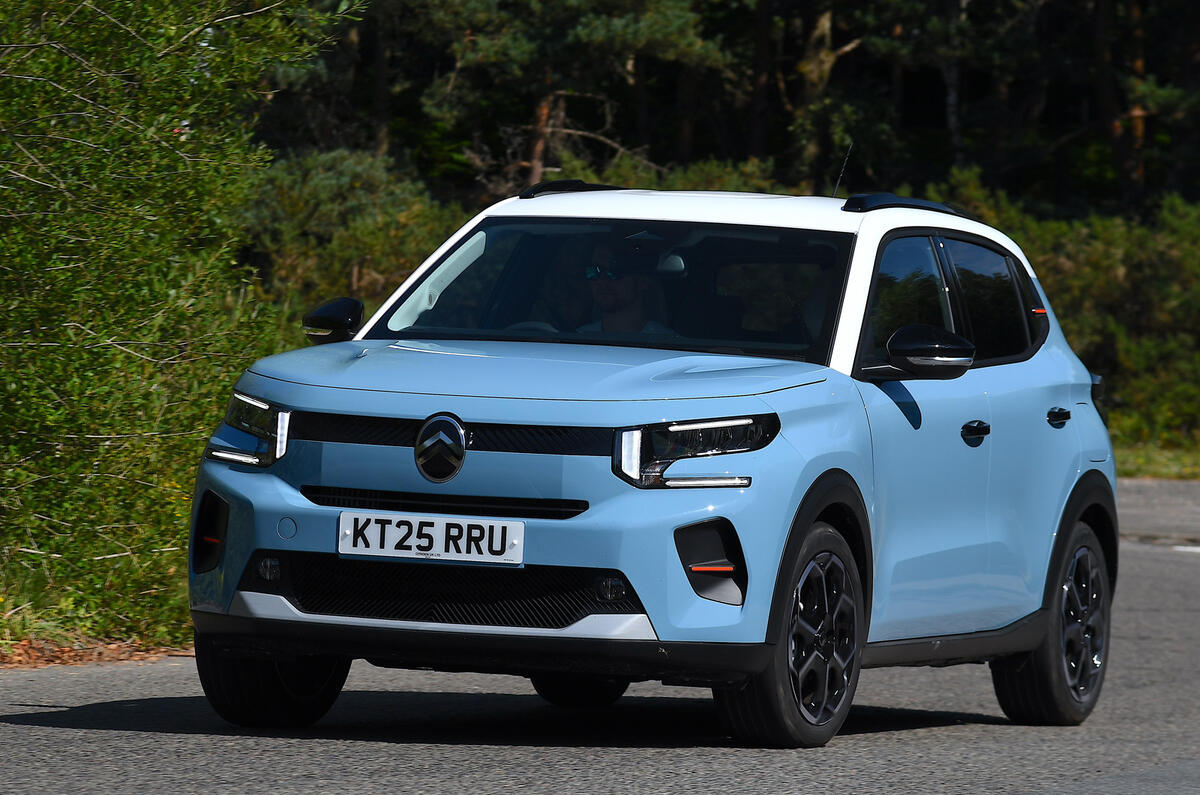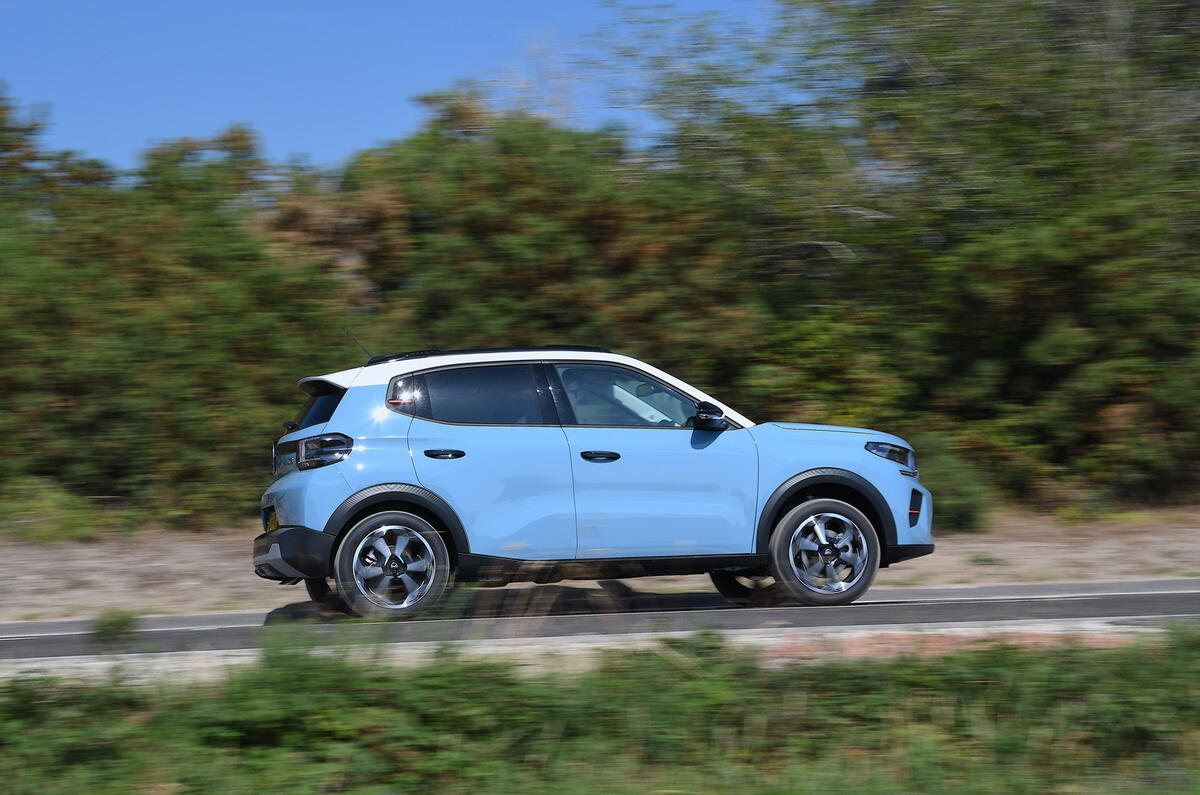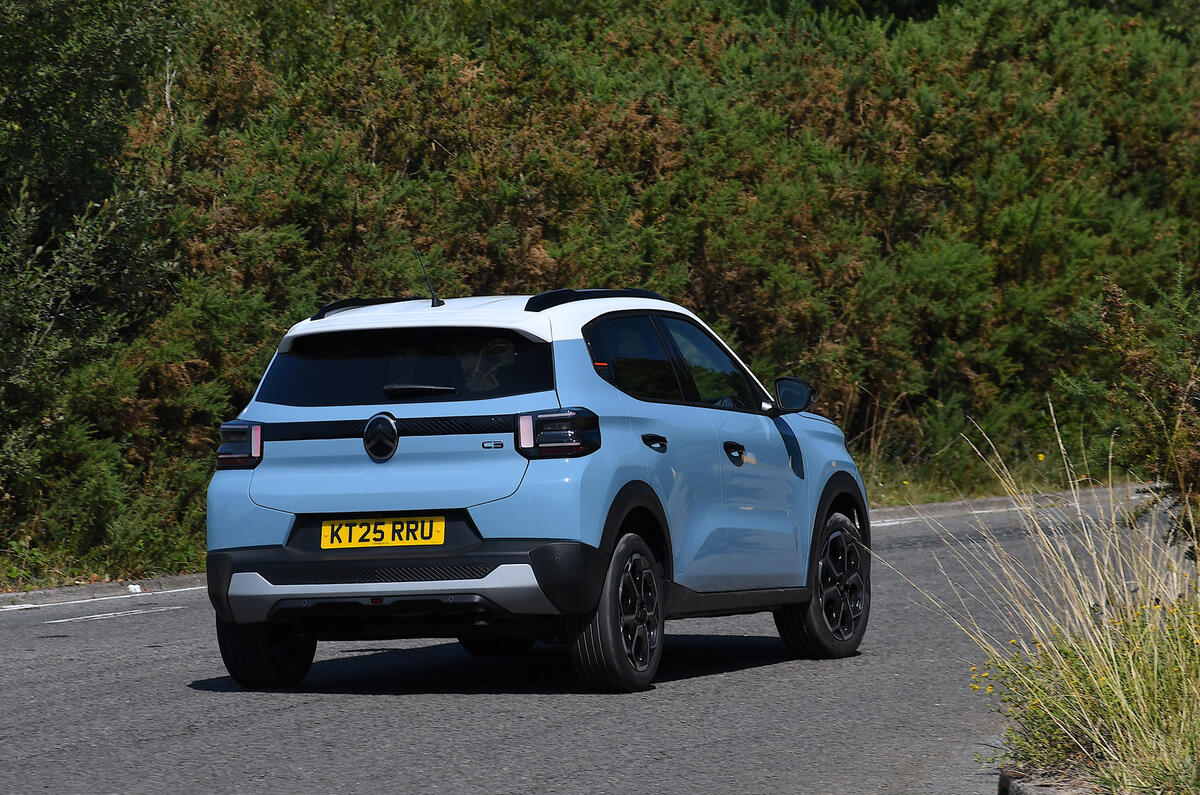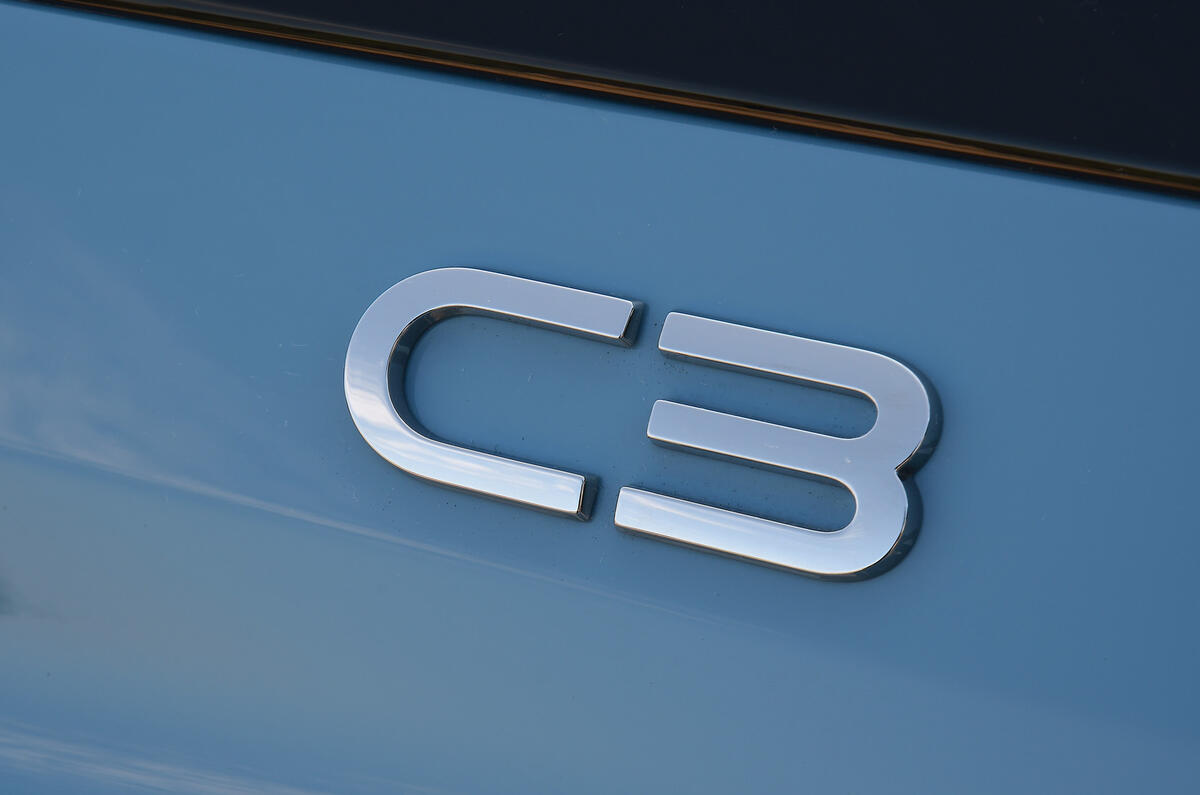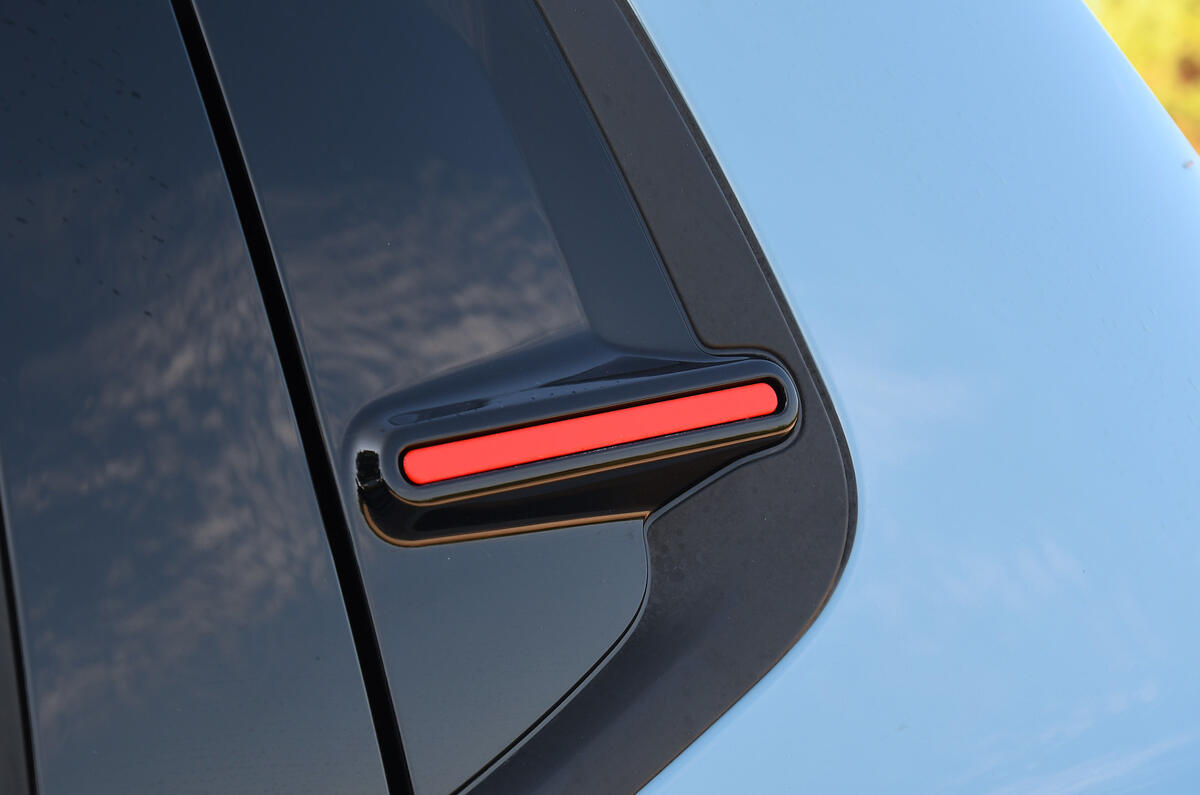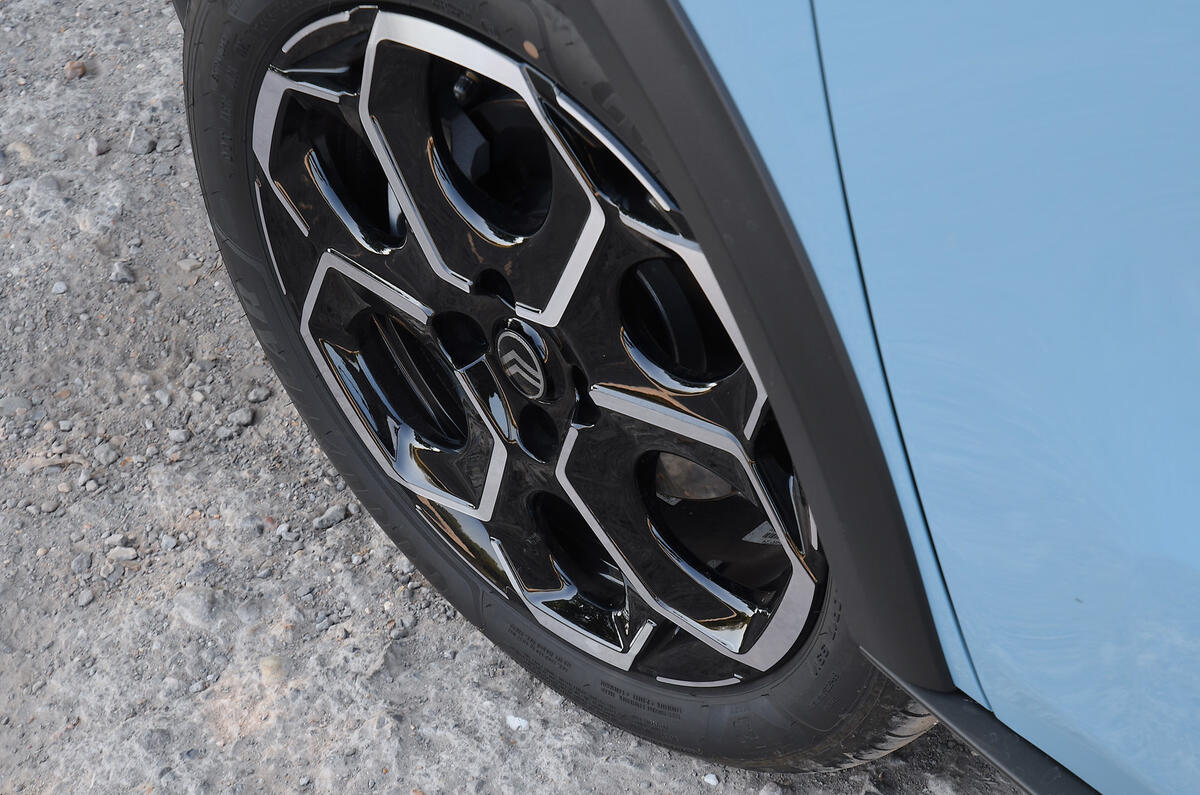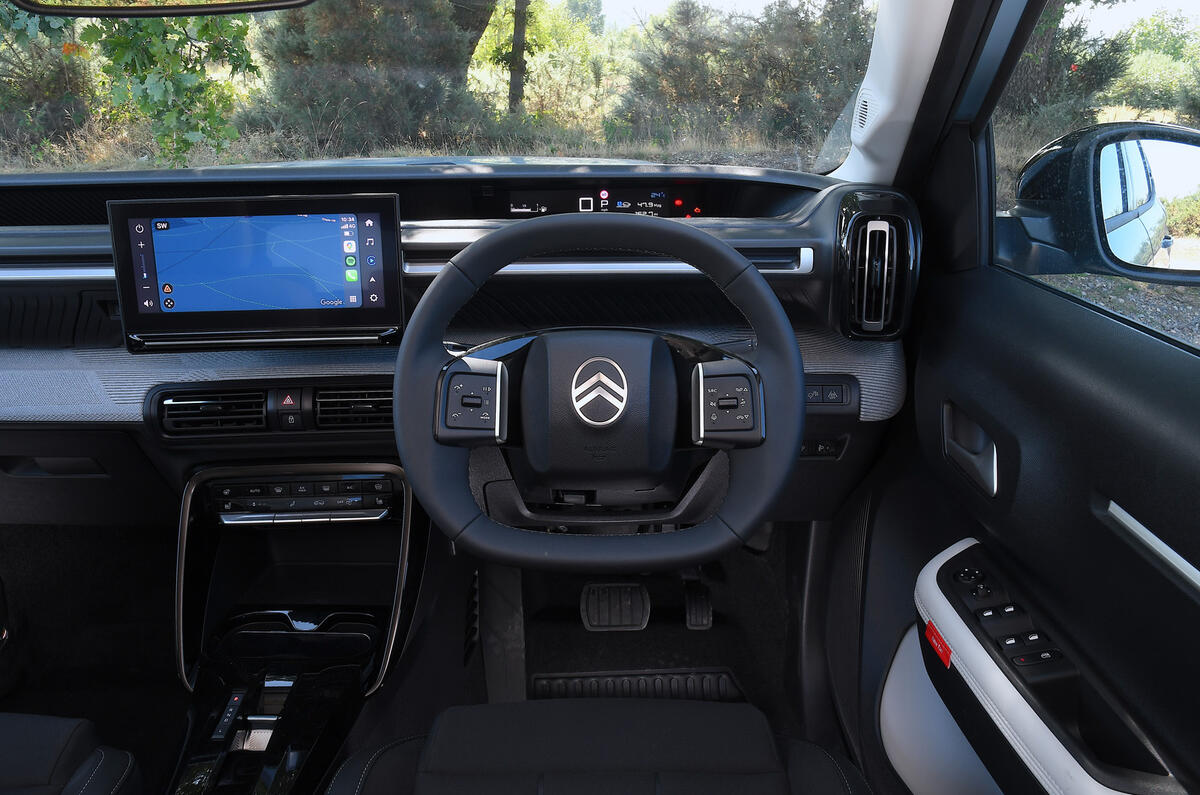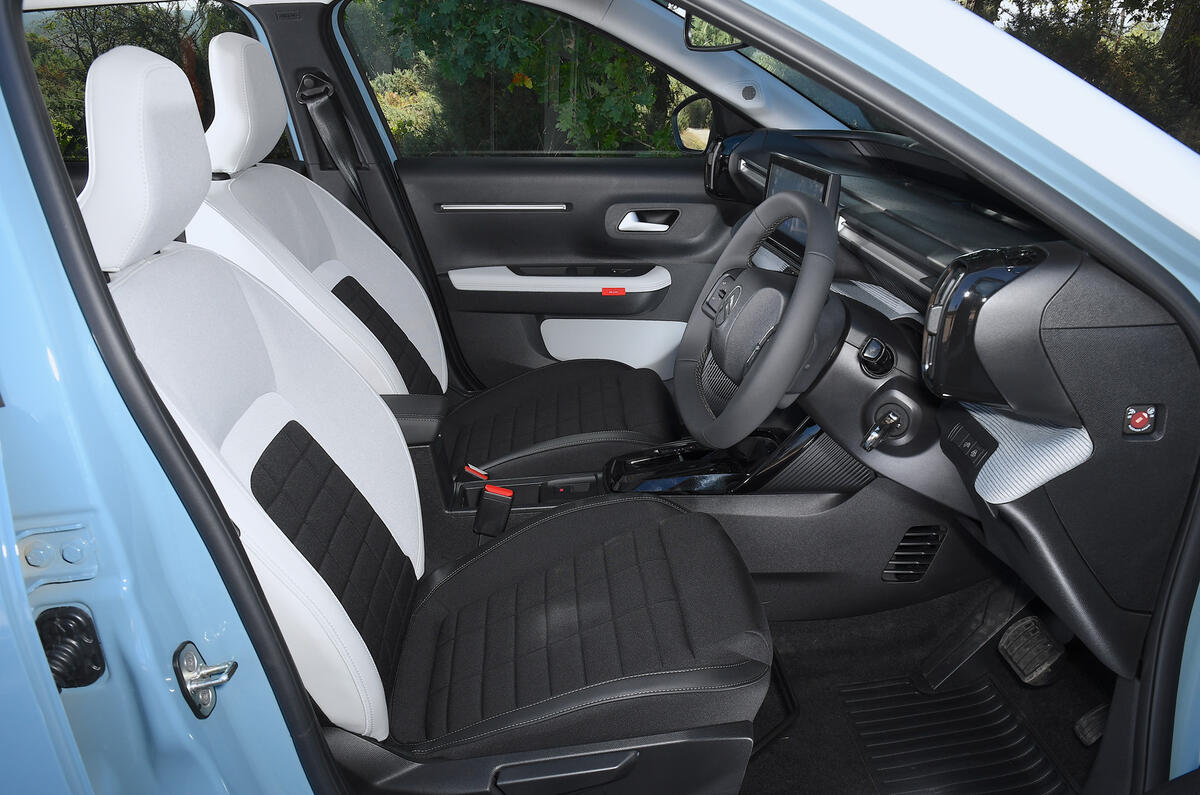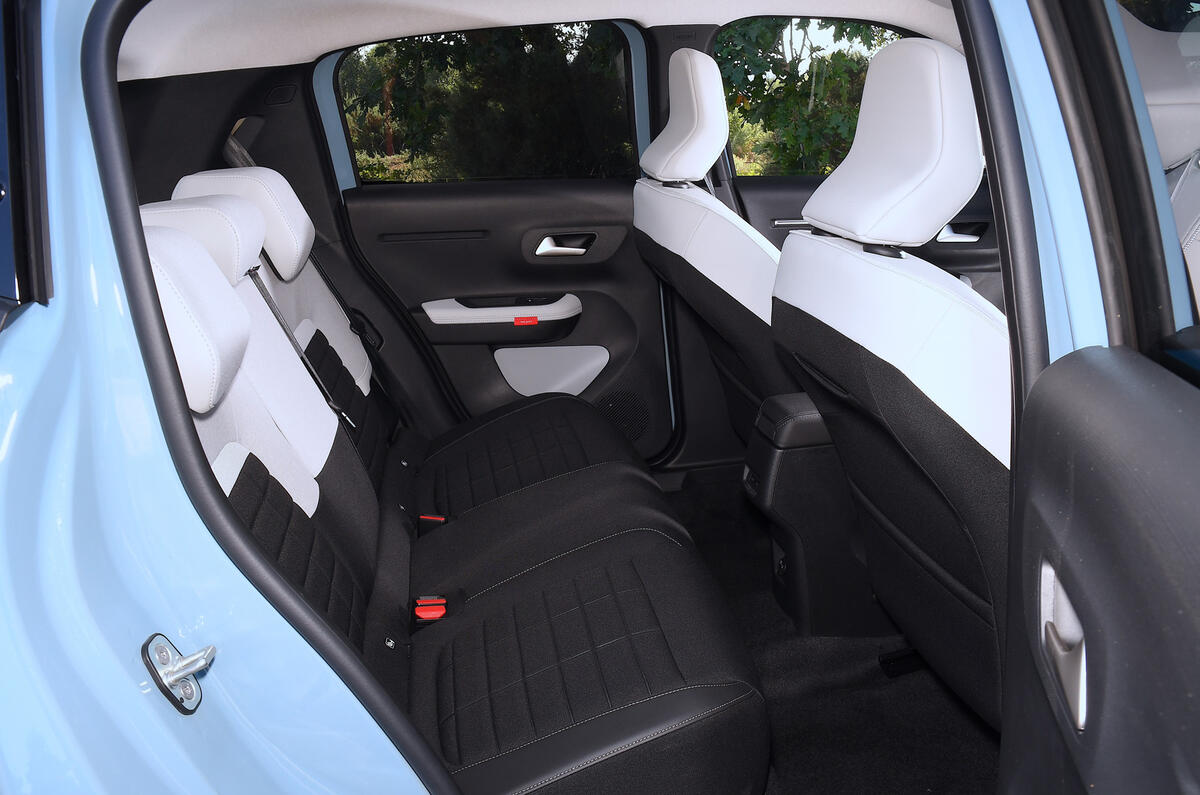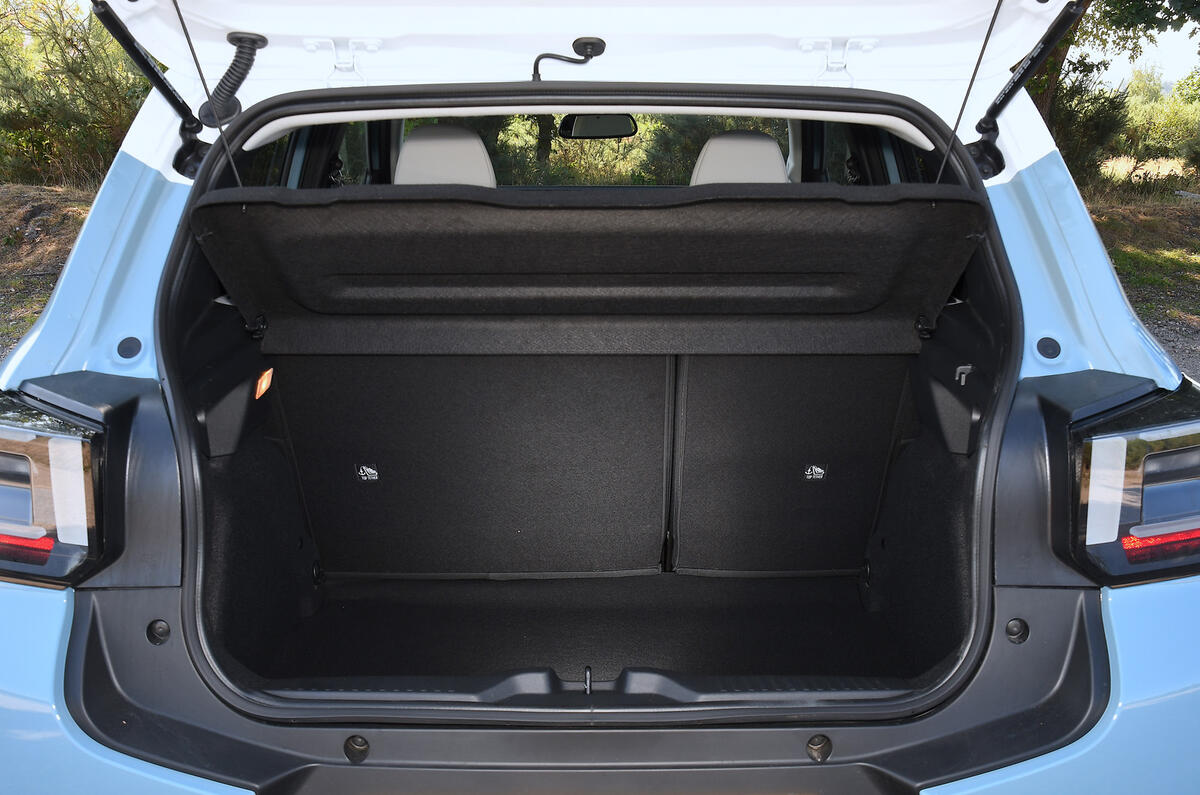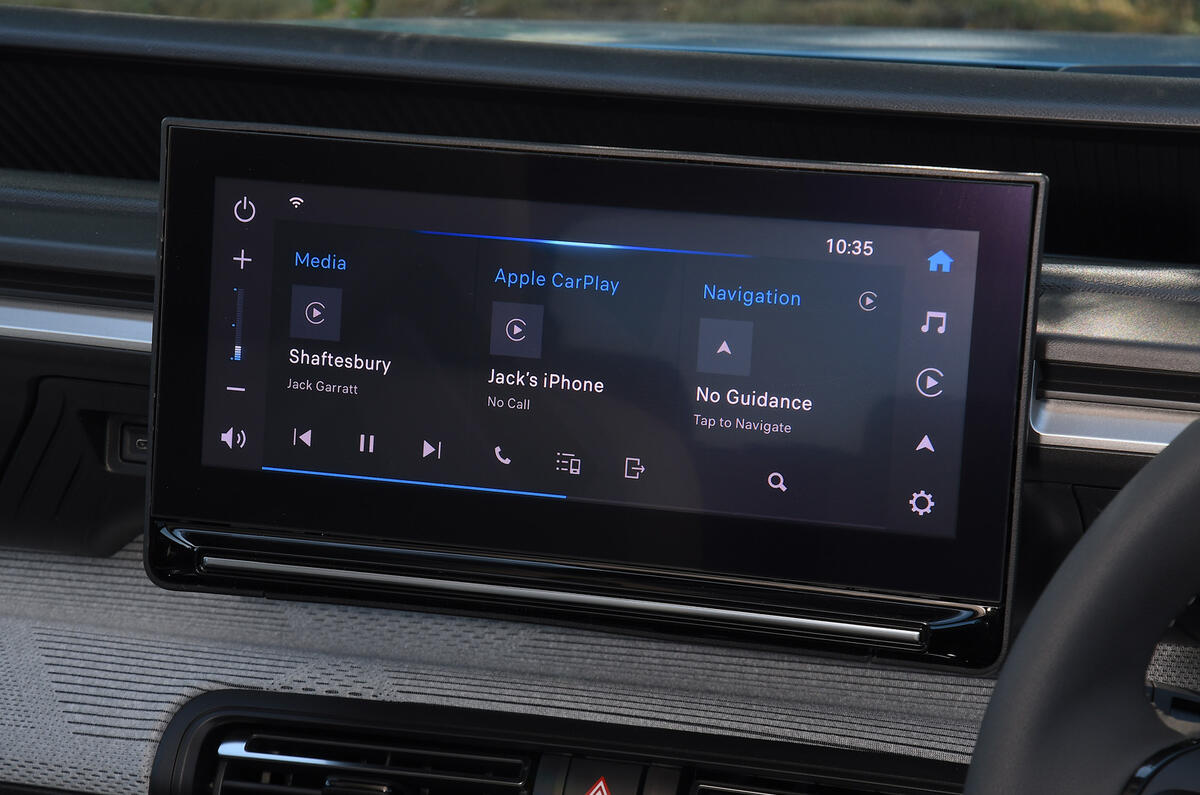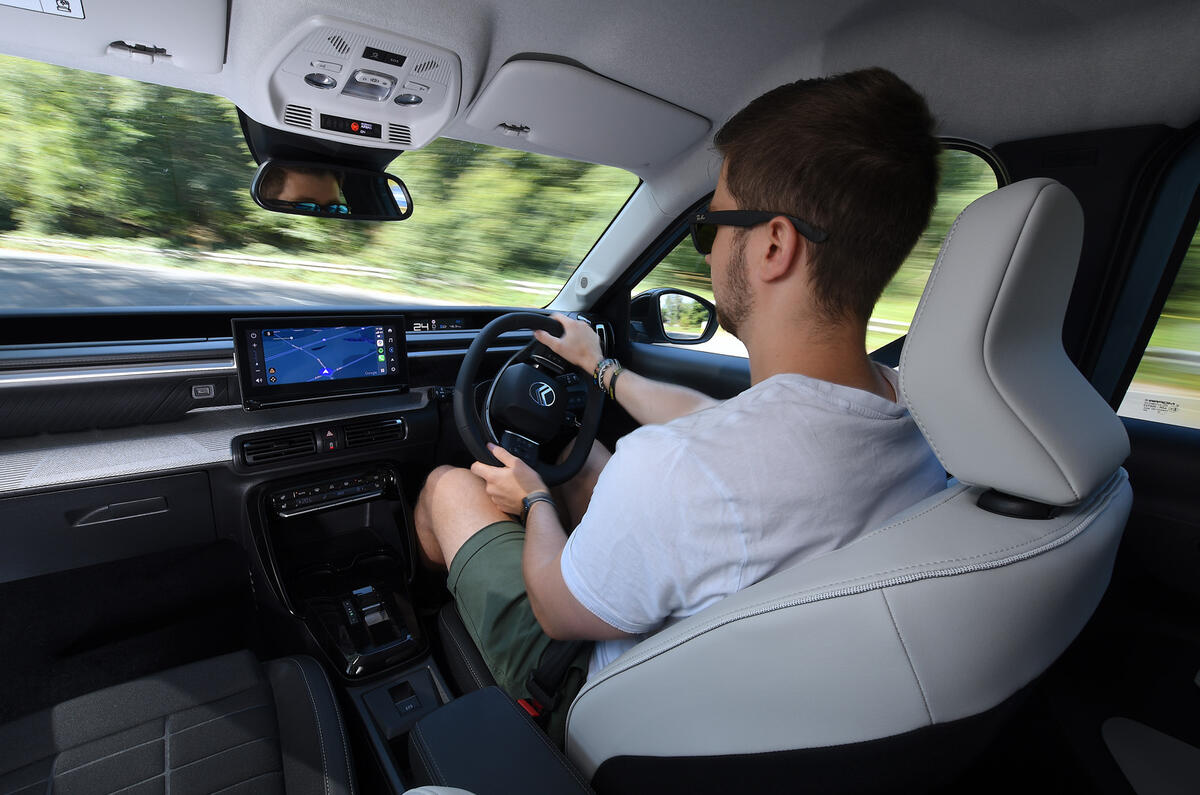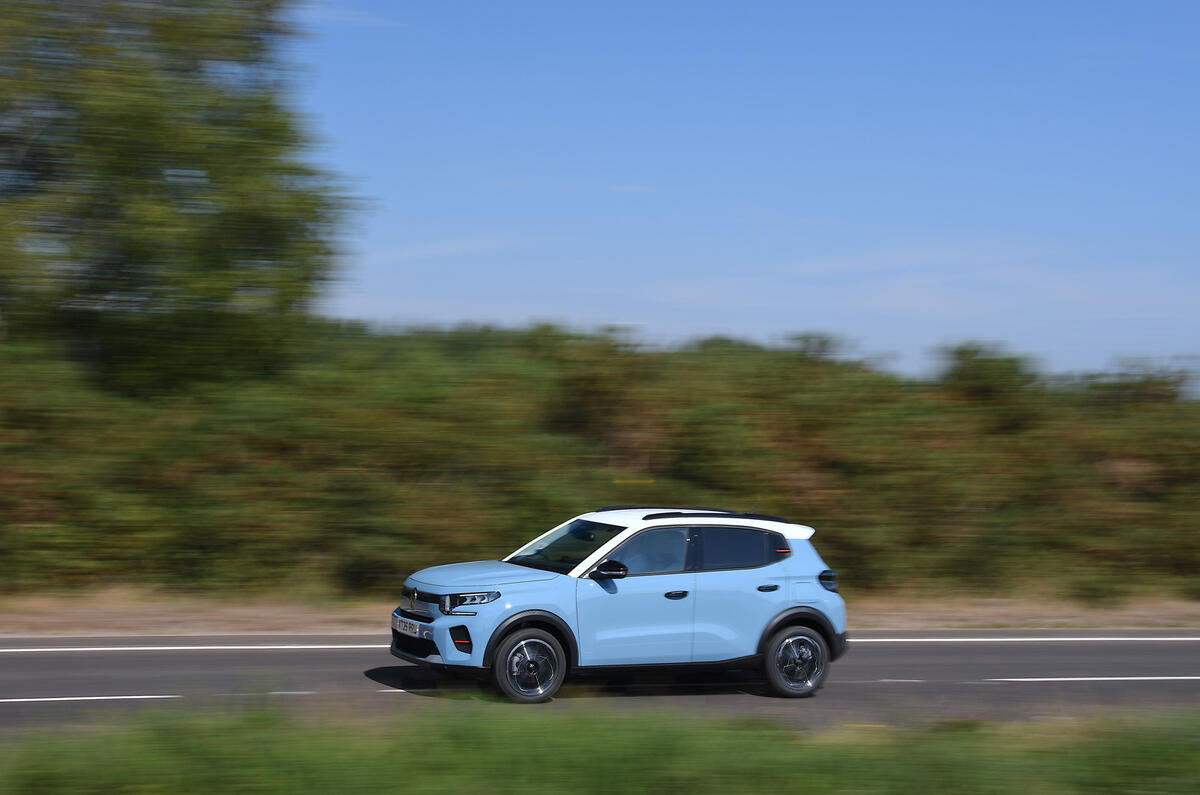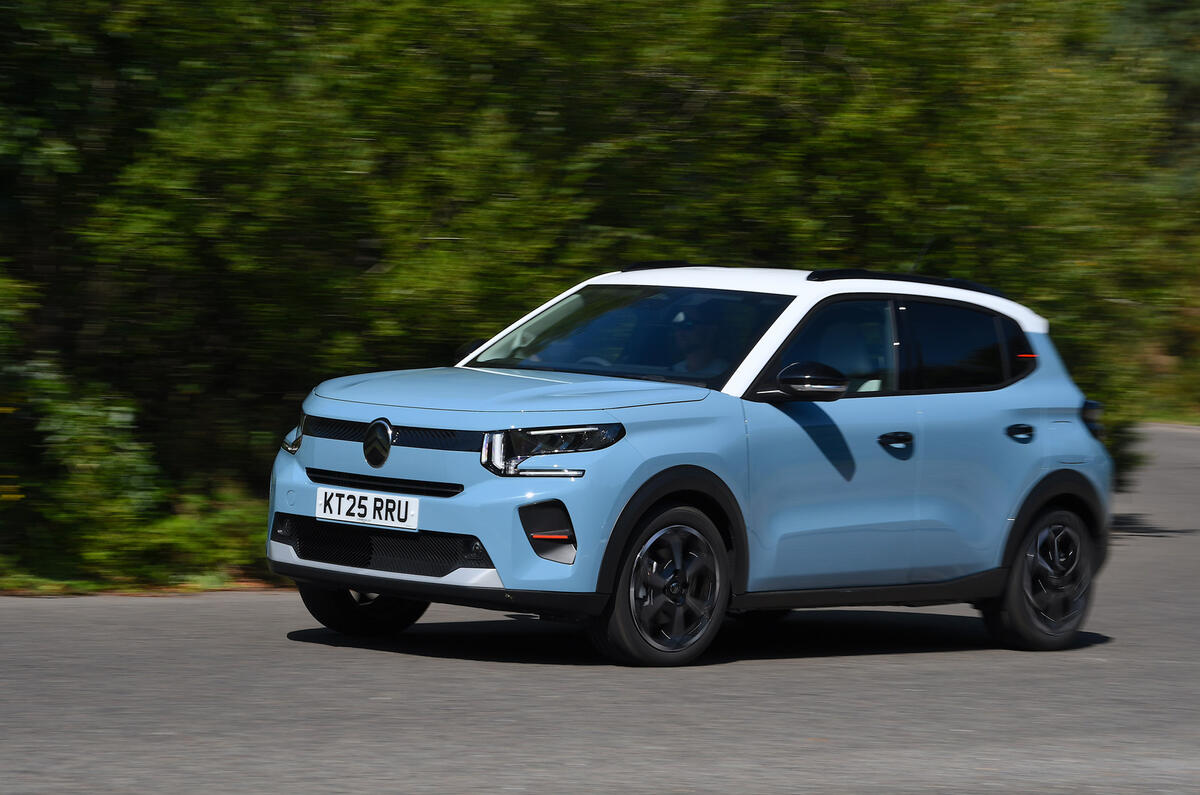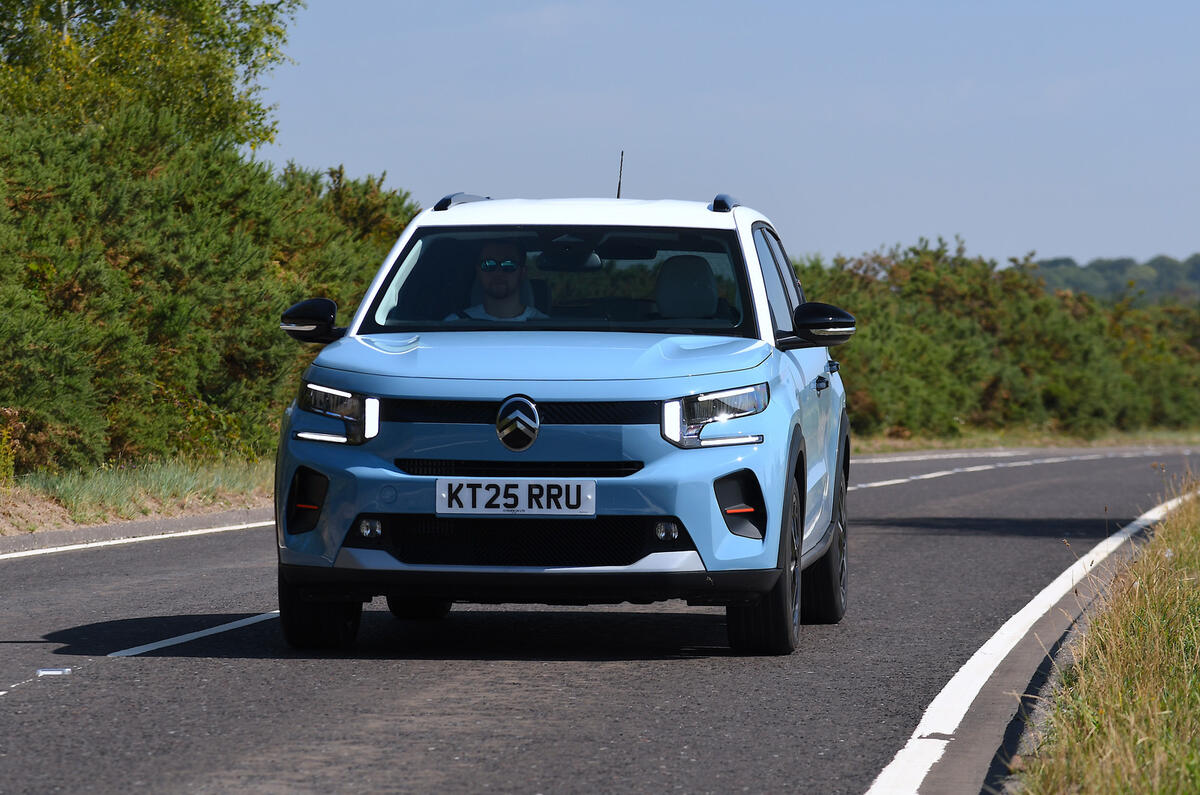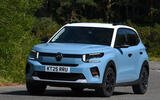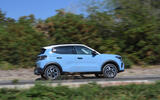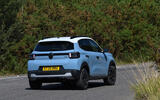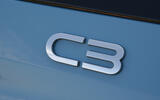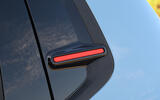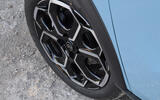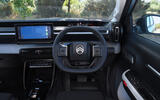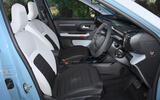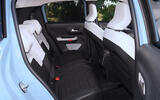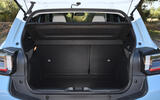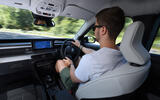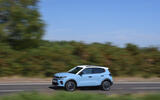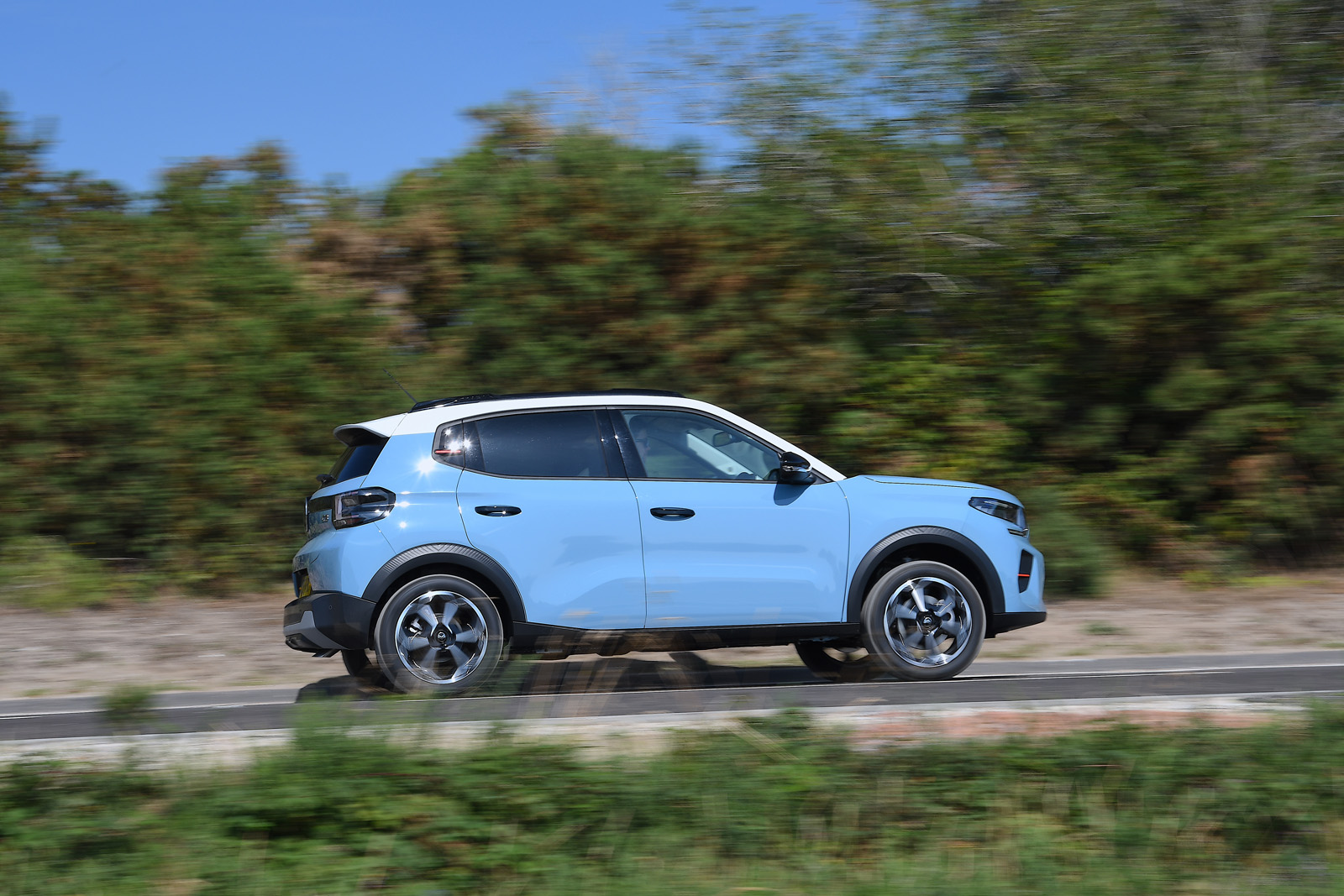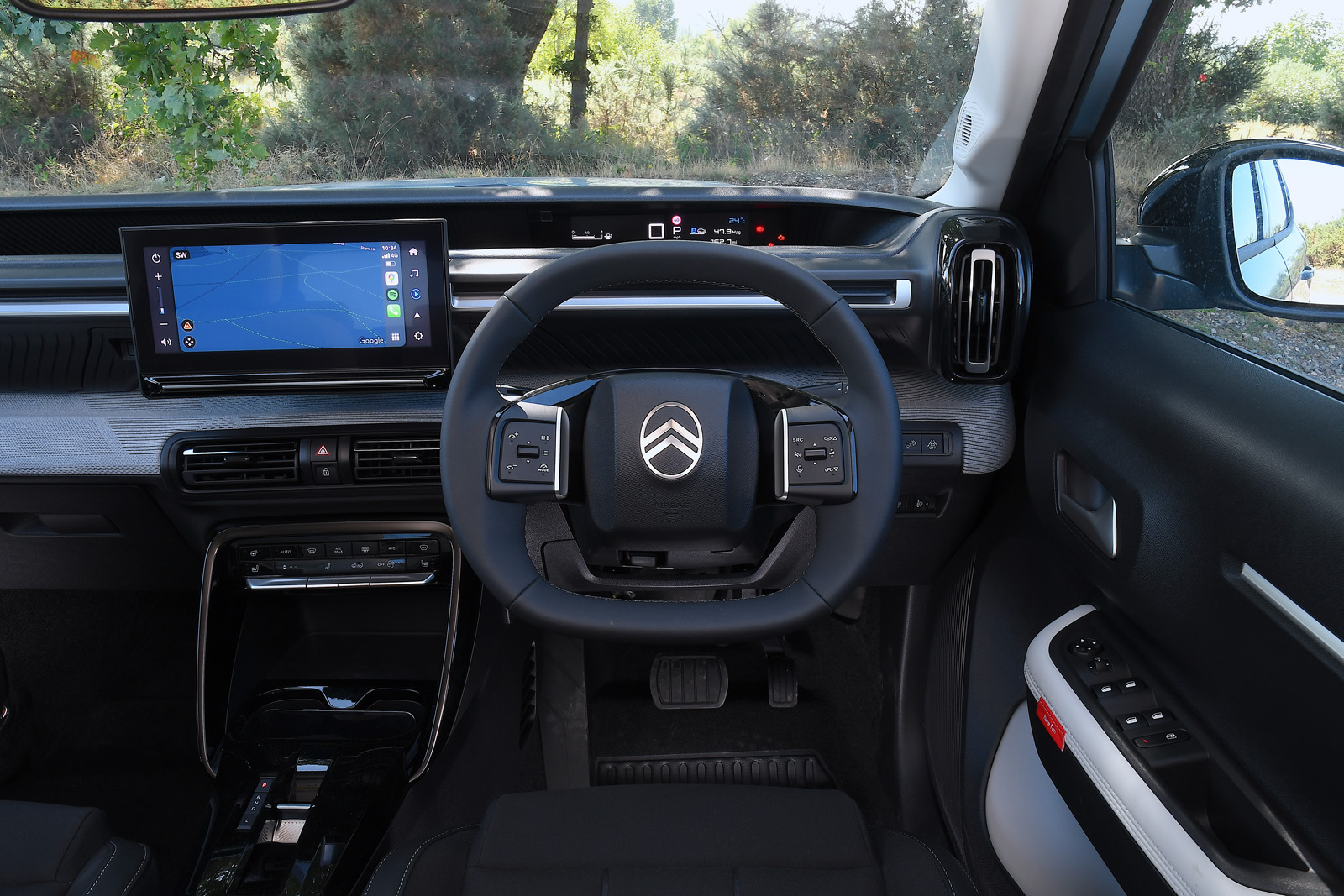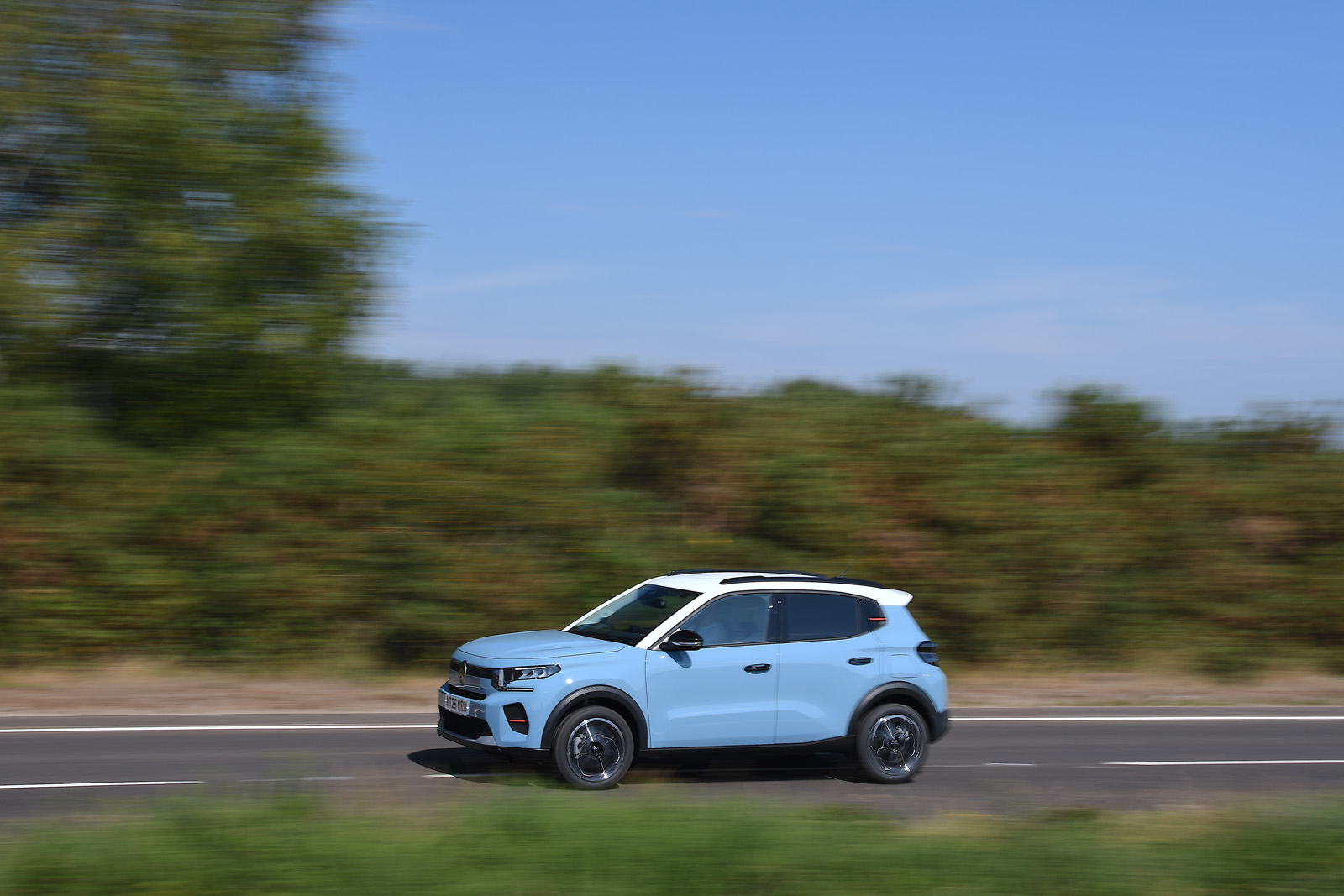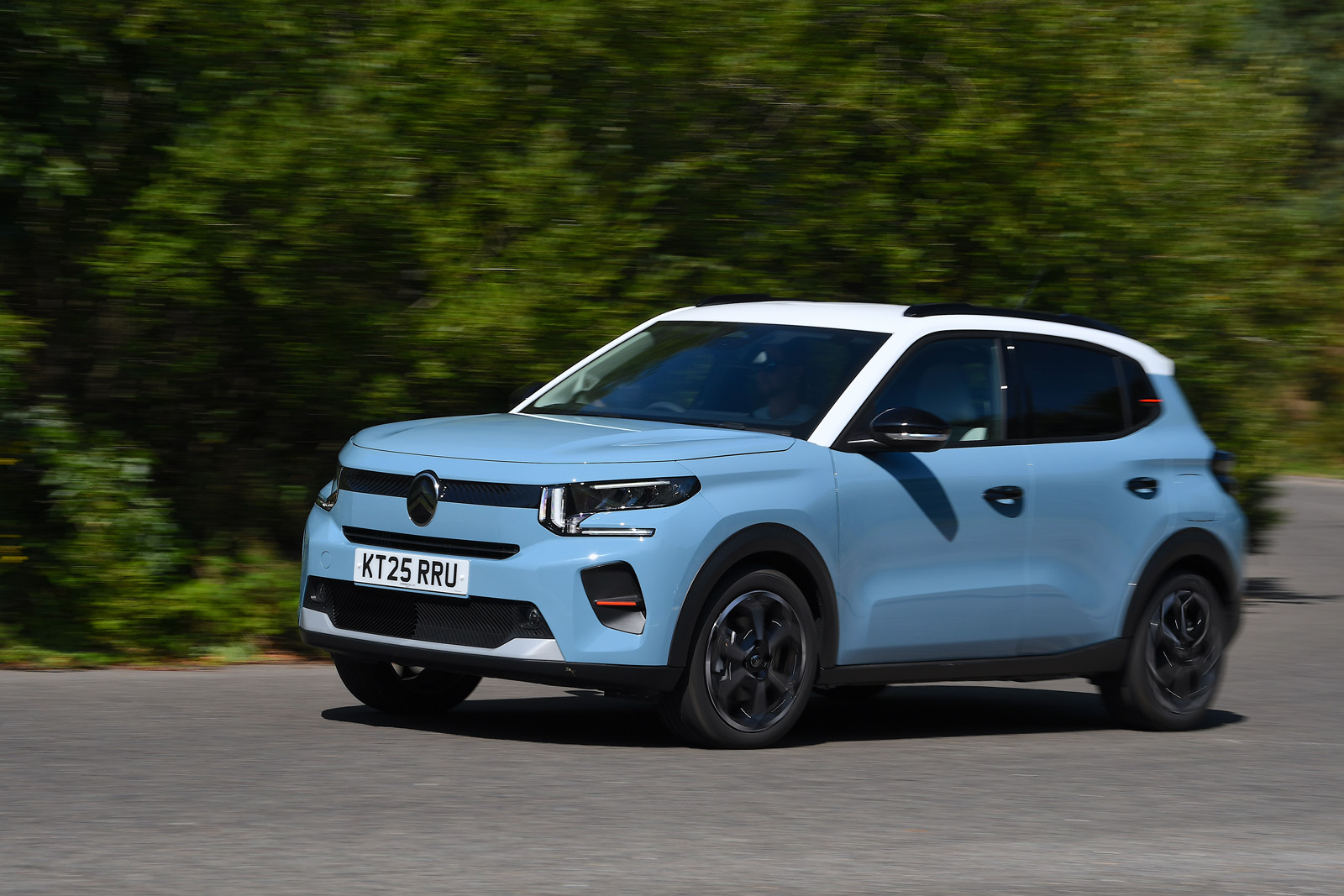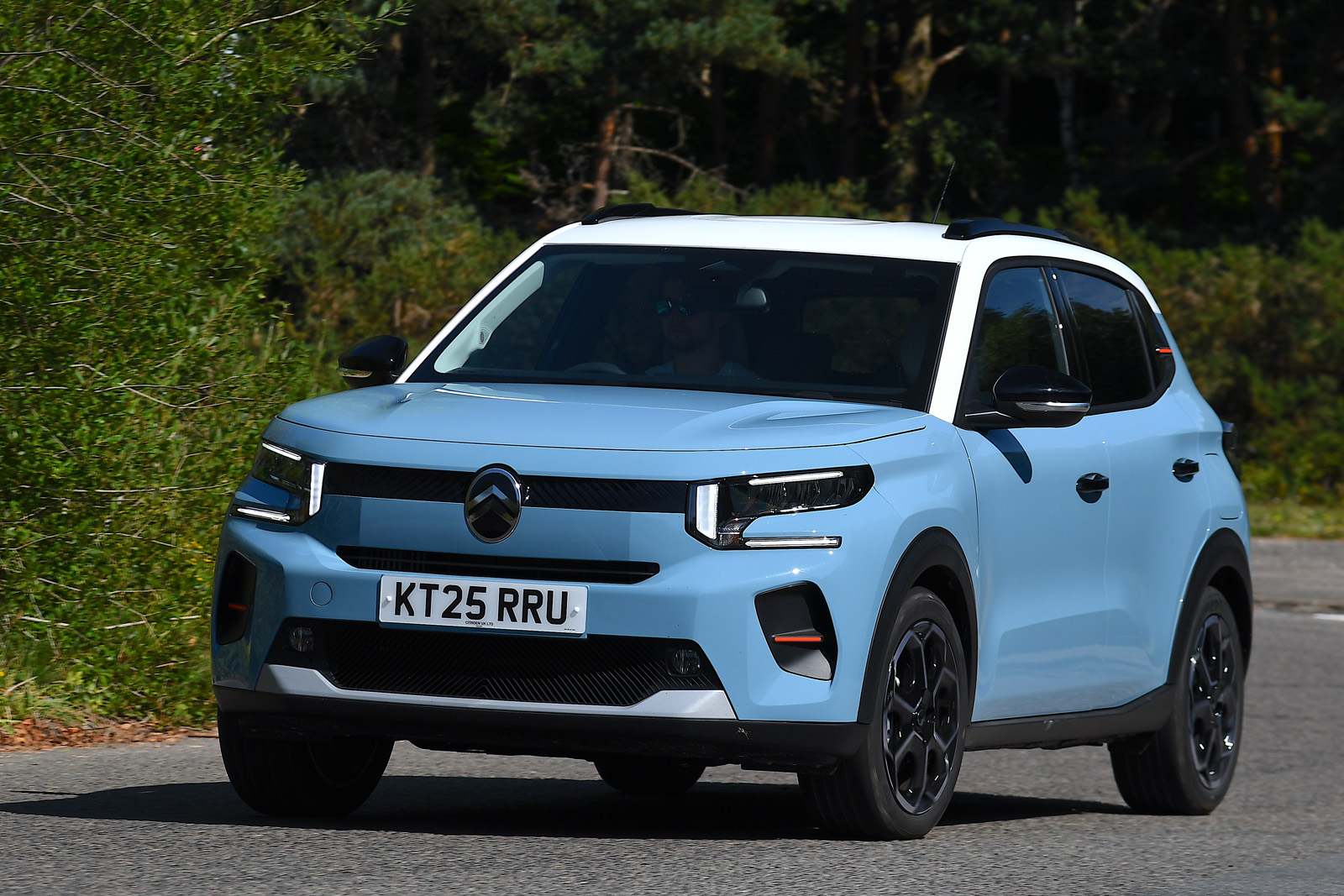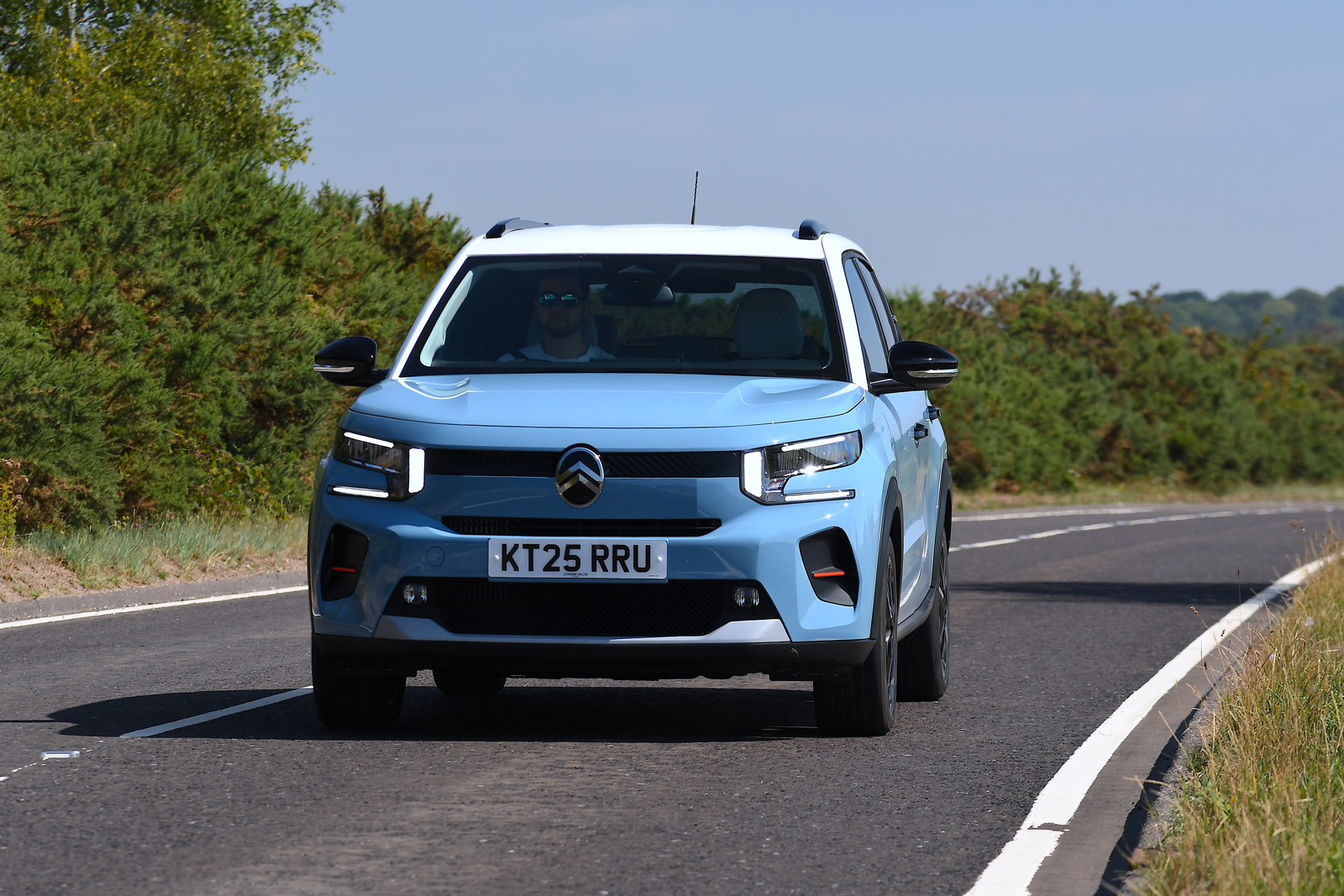The Ford Fiesta may be dead, yet its rivals have taken the initiative by trying to make a new supermini that becomes the default choice in the class.
New Renault Clio, Suzuki Swift and MG 3 models have all been launched in recent months to try to take the Fiesta's crown, and now a new Citroën C3 is making its bid.
The C3 is a visually identical petrol-powered sibling to the Citroën ë-C3. There's a hybrid option too, and all three versions are based on Stellantis's new Smart Car platform, which was designed to keep costs down.
As well as maintaining a low entry cost, character, comfort and class-leading value are the main objectives of the new C3.
And it does just that: the new C3 is generously equipped and a newer model still manages to undercut the entry-level Clio.
We’ve already driven the petrol and electric versions, and we liked them both. There's also a hybrid, which may well be the pick of the bunch.
| Version | Power |
|---|---|
| Turbo 100hp Manual | 99bhp |
| Hybrid 110hp Automatic | 110bhp |
| Electric 113hp Standard Range Automatic | 111bhp |




